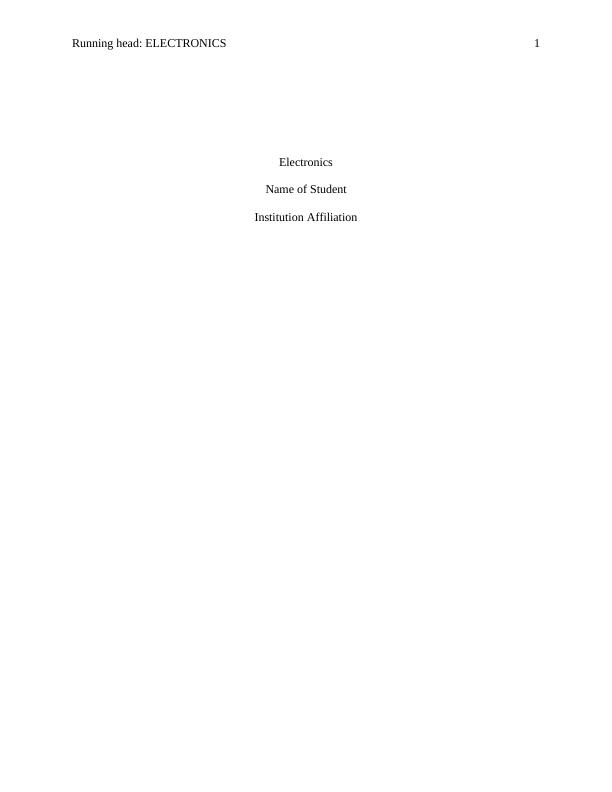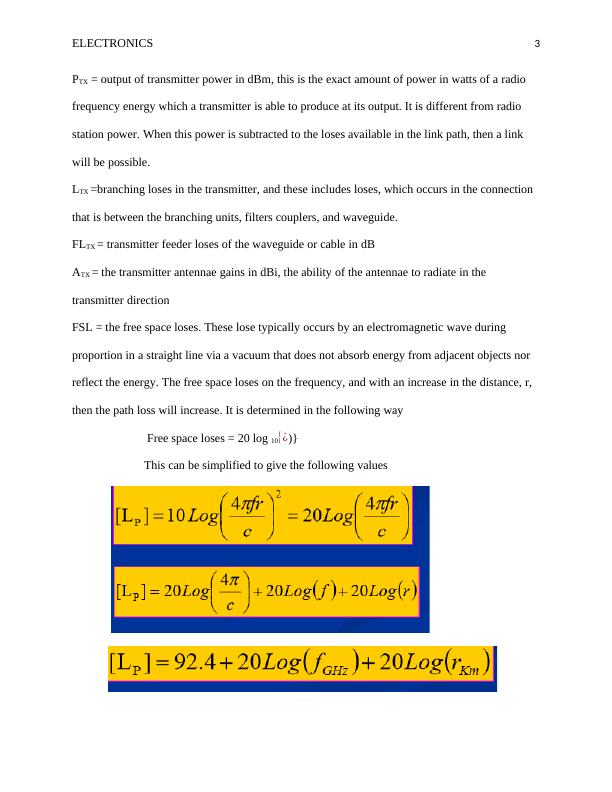Understanding Link Budget in Radio Link Microwave Transmission System
8 Pages1093 Words197 Views
Added on 2023-03-31
About This Document
This document provides an overview of the concept of link budget in radio link microwave transmission system. It explains the factors of gains and losses involved in the transmission lines, transmitters, antennas, and environment. The document also discusses the calculation of link budget and its significance in determining the maximum distance of successful operation. It includes a radio path link budget diagram and a step-by-step calculation example. The document is relevant for students studying electronics or telecommunications.
Understanding Link Budget in Radio Link Microwave Transmission System
Added on 2023-03-31
ShareRelated Documents
End of preview
Want to access all the pages? Upload your documents or become a member.
Link Budget Analysis in Electronics
|9
|1496
|251
Microwave Link Calculation
|7
|734
|93
DIGITAL MICROWAVE RADIO SYSTEM.
|6
|412
|489
Networking Concepts
|6
|516
|351
Purpose of passive repeaters in the microwave transmission Questions 2022
|5
|415
|2
Networking. Wireless Communication Assignment
|12
|2818
|37



